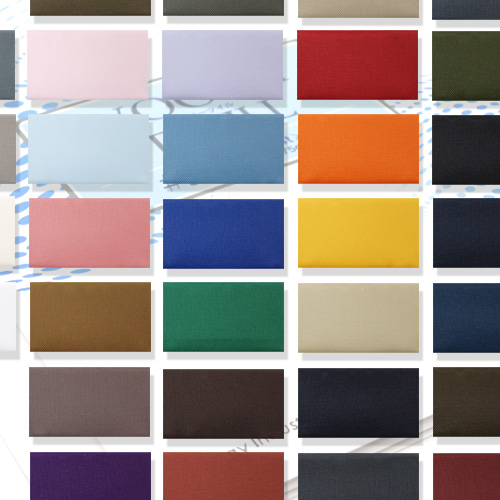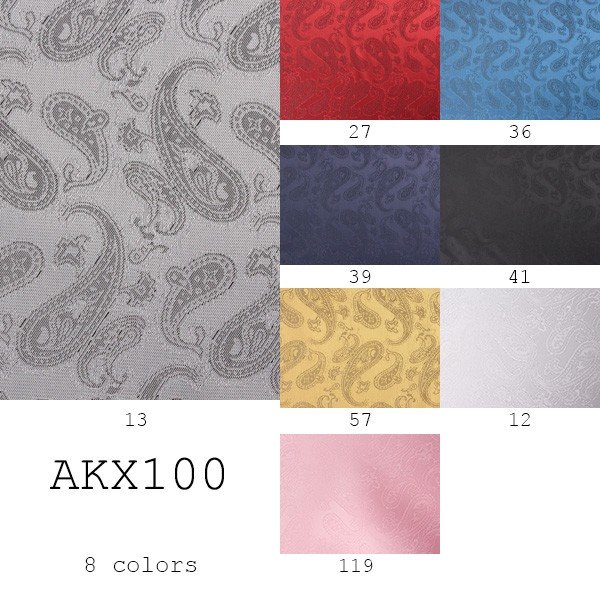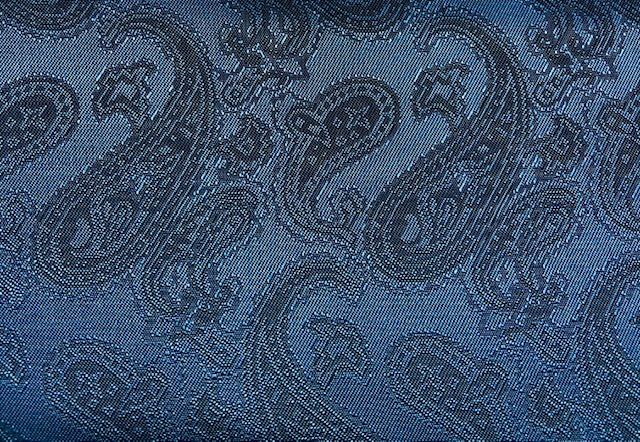Linings, the fabrics on the inner side of garments, play a crucial role in various attires, including jackets, suits, skirts, dresses, bags, and wallets. This blog explores the necessity and benefits of linings, along with recommendations for ideal lining materials.
I am Yu Yamamoto from the TAILORS WORLD editorial team.
目次
Roles of Linings
Reinforcement of Outer Fabric
- Linings protect the outer fabric from friction and wear, especially on the inner side, enhancing the durability of the clothing.
- Thin fabrics lacking strength can be reinforced with linings to create sturdy garments.
Preventing Transparency
- Linings are essential for sheer fabrics like chiffon, preventing undergarments from being visible and ensuring modesty.
- Translucent prevention linings are commonly used in skirts to address this issue.
Facilitating Easy Wear and Removal
- Even garments made from slippery or non-stretch fabrics become easier to wear and remove with the addition of linings.
- The enhanced slipperiness provided by linings ensures comfort and ease of movement.
Maintaining Silhouette
- Linings reduce friction, preventing the outer fabric from losing its shape and ensuring a neat silhouette.
- This feature minimizes sagging and allows clothes to maintain their appearance over extended wear.
Protecting Outer Fabric
- Linings shield the outer fabric from direct contact with body oils and sweat, preventing damage.
- Some linings have moisture-wicking properties, reducing discomfort caused by perspiration.
Choosing the Right Lining
- Match the thickness of the lining with that of the outer fabric. Thicker linings complement heavyweight outer fabrics, while lightweight linings suit thinner outer fabrics.
- Ideally, choose a lining color that matches or slightly complements the outer fabric. For patterned outer fabrics, selecting the dominant color in the pattern is a good practice.
- While same-color linings are standard, using a contrasting color or a patterned lining can add a playful touch and make the lining visually appealing.
- For fabrics prone to transparency, layer the lining with the outer fabric to assess the combined appearance.
Recommended Lining Materials
Polyester
Synthetic fiber providing durability and resistance to wrinkles and friction.

Cupra
Regenerated fiber with excellent moisture absorption, minimizing discomfort.

Silk
Natural material known for its luxurious feel, sheen, and good moisture absorption.
![SLK120 Habutai silk 12 mace[Textile / Fabric] Okura Shoji](https://www.apparel-x.com/img/item/OKURA/SLK120-4.jpg)
Conclusion
Linings are integral to creating comfortable and functional garments. While optional, they enhance the overall quality and wearing experience of clothing. Choose linings carefully based on fabric types, and enjoy the added benefits they bring to your wardrobe.
For orders, inquiries related to the content above, or questions about accessories and sewing services, please don’t hesitate to contact
After 2 years of training at a major order-made suit store in Japan, I started my career in apparel materials and fabrics.
I’m especially good at suits and coats.


